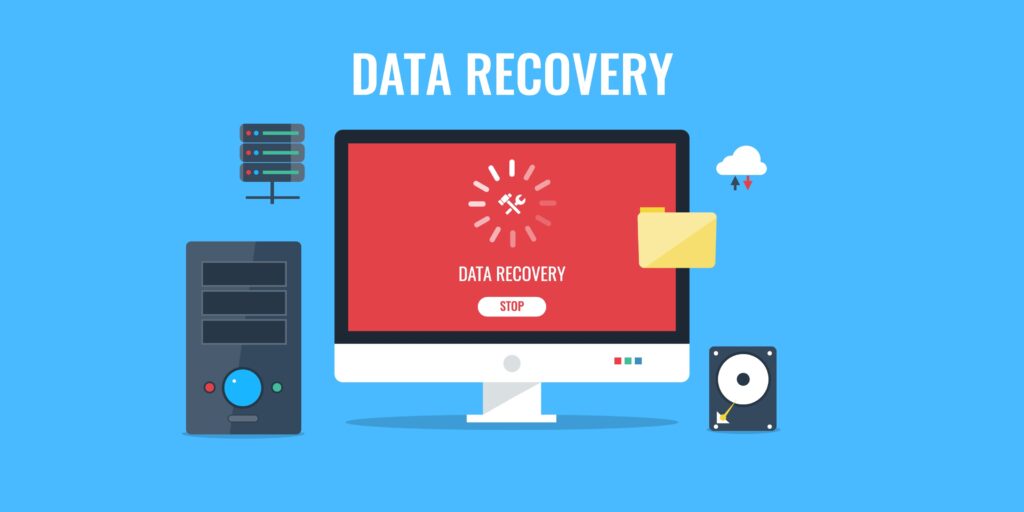In today’s digital world, customers expect seamless and responsive support when engaging in online services, especially within marketplaces that involve intricate transactions or high-stakes dealings. One of the key features that set apart successful platforms from others is the level of support they offer. For customers navigating complex environments, whether dealing with purchases, technical issues, or general inquiries, timely and effective customer service can make all the difference. Responsive support is essential to maintaining user trust, loyalty, and overall satisfaction. When customers engage with marketplaces that operate in dynamic and sometimes unpredictable environments, having access to knowledgeable and readily available customer support is crucial. Users may encounter various issues, ranging from difficulties in completing a transaction, account access problems, or concerns about the integrity of products or services. A platform that offers rapid responses and effective solutions is more likely to retain users, as they feel supported and valued. This quick response time, especially in critical moments, can help mitigate frustration, resolve confusion, and ultimately foster positive user experiences.

A responsive support team does more than just provide answers to questions. They act as a critical bridge between the user and the platform itself, ensuring that communication remains clear and concerns are addressed promptly. Whether via chat, email, or other communication channels, the ability of support teams to engage quickly and professionally creates a sense of security for users. When customers know they can rely on assistance whenever needed, it enhances their overall confidence in the service, encouraging them to continue using the Abacus market platform. Furthermore, the level of expertise demonstrated by customer support agents is integral to fostering trust. Users want to interact with individuals who understand the intricacies of the platform and can provide accurate guidance. The most successful support teams are those that are not only quick to respond but also well-versed in troubleshooting and resolving a wide range of potential issues. This combination of speed and knowledge is key to ensuring that users do not feel lost or unsupported during their interaction with the platform.
The availability of well-trained and empathetic agents can transform a potentially negative experience into a positive one, reinforcing customer loyalty and encouraging word-of-mouth recommendations. Another benefit of responsive support is the sense of transparency it brings. Users feel more confident in platforms that offer open channels for resolving disputes or clarifying doubts. A platform’s willingness to provide responsive and thorough support often reflects its commitment to maintaining a positive and user-centric environment. This transparency not only improves user experience but can also reduce the likelihood of misunderstandings, errors, or conflicts that might arise from the lack of clear communication. In environments where users’ financial or personal information is at stake, responsive support becomes even more critical. Users are naturally cautious and want to be reassured that their data and transactions are handled securely. A responsive support team can provide answers to questions regarding security measures, assist with verification processes, and reassure users about the safety of their activities.





